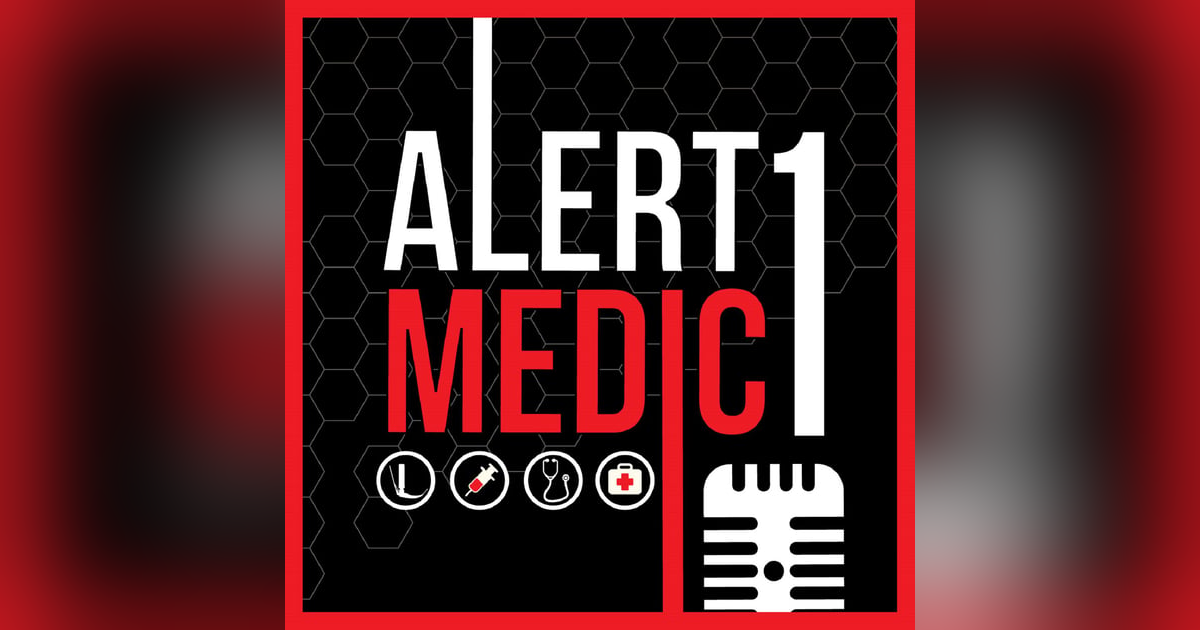Presenting the Trauma Patient

Summary
The Alert Medic 1 team explores the critical aspects of trauma care, focusing on the communication between EMS providers and trauma nurses with their guests, Abby and Logan. Both are experienced in their respective fields, discussing the importance of accurate patient assessments, the challenges of handoffs, and the need for clear communication. They emphasize the significance of understanding each other's roles and the necessity for collaboration in providing optimal patient care. The dialogue also highlights the need for training and experience in both EMS and nursing to improve the overall trauma care process.
Takeaways
Mechanism of injury is crucial for trauma reports.
Vital signs and mental status are key indicators.
Discrepancies in GCS reporting are common.
Clear communication can prevent misunderstandings.
Nurses and EMS should use plain language.
Training for both sides can improve handoffs.
Understanding each other's roles enhances teamwork.
Concise reports save time in trauma situations.
Interdisciplinary ride-alongs can foster understanding.
Building trust is essential for effective communication.
Chapters
00:00 Introduction to Trauma Care Professionals
02:44 Communication in Trauma Handoffs
10:35 Prioritizing Patient Care Based on Reports
22:00 Expectations During Patient Handoffs
25:03 Improving Handoff Communication
27:06 Effective Communication in Trauma Handoffs
32:21 Building Trust Between EMS and Hospital Staff
36:23 Understanding Protocols and Procedures
42:20 The Importance of Interdisciplinary Experience
Keywords
trauma care, EMS, nursing, patient handoff, communication, GCS, trauma assessment, emergency medicine, healthcare collaboration, trauma nursing